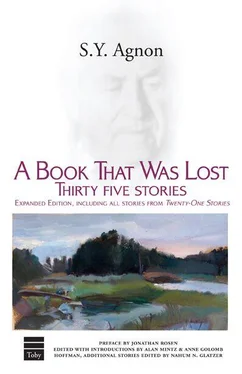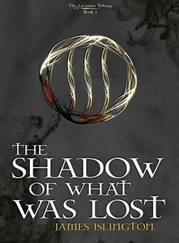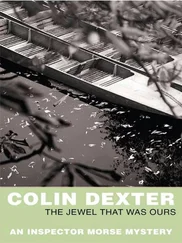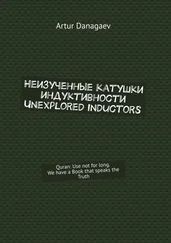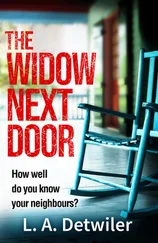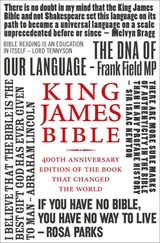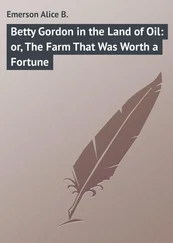408/ “ O poor captive in a foreign land ” From the opening line of “A Song of Redemption” by Ibn Gabirol, a Sabbath morning hymn, recited between Passover and Sukkot.
411/ The Dead Sea on one side and the Temple Mount on the other This was the view from Agnon’s house in Talpiyot.
412/ A kind of heralding voice The Balfour Declaration, November 2, 1917, announcing British support for a Jewish national homeland.
413/ The neighborhood was finally built The suburb of Talpiyot was first established in 1922.
413/ The horrors that began in 1936 and lasted until World War ii began Arab strikes intended to pressure the British government to stop Jewish emigration and eruptions of violence against Jews occurred frequently during these years.
415/ The tremors of 1927 An earthquake in 1927 caused damage in Jerusalem, particularly to the Augusta Victoria Hospital and the Church of the Holy Sepulcher.
416/ “ We cannot go up and be seen there because of the hand which has cast itself into our Temple ” Recited in the Additional Service for festivals.
420/ Conversations of Rabbi Nahman of Bratslav (1772–1811) The hasidic Tzaddik who became known for mystical teachings that took the form of enigmatic tales. His teachings and his tales were collected and recorded by his disciple Nathan ben Naphtali Hertz Sternhartz.
Notes
422/ For it was the eve of the New Moon, and he was rolling the scroll to the reading for that day A reference to the additional readings in the Torah for the New Moon.
423/ “ Small Yom Kippur ” An observance begun by the kabbalists of Safed in the late sixteenth century. The eves of eight new months are observed by the very pious as a day of fast and repentance.
423/ The first destruction World War i.
424/ “ May God give strength to His people; may God bless His people with peace ” Psalm 29:11.
425/ Trees of life The wooden dowels around which the Torah scrolls are wound.
425/ The Order of Shavuot night The tikkun leyl Shavuot, the vigil held on the eve of Shavuot at which selections from classical Jewish texts are studied.
Notes on Additional Stories
To Father’s House
Unable to do his work, the narrator decides to go to his home town, to his father’s house, i.e., to renew contact with his childhood. There are distracting elements in the way: the narrator’s hesitance to interrupt his father’s celebration of the feast; a twice-beheld enigmatic candle suspended in the air; meeting the eighteenth-century enlightener Isaac Euchel; the inn that tries to replace the home. Finally, a child — innocence — points the way.
The Document
Here the helpless individual, conscious of himself and his memories, aware of his surroundings, and there a mindless bureaucratic machine, moving automatically, blindly disregarding the petitioner. And between the two: hordes of people, pushing, squeezing, shoving; seemingly composed of individuals, they are in effect part of the machine.
Notes on Additional Stories
Friendship
The narrator leaves his home in order not to be bothered by clinging neighbors; but having left it, he cannot find his way back and has even forgotten the address. Who will help? Not Mrs. Klingel (Jingle), whose jokes are insulting; not Dr. Rischel, whose linguistic discourse the narrator seems to interrupt; the narrator’s wife, who had come “home” when the story started, has walked off. The unfriendly, uncommunicative situation (of which the narrator is a part!) is suddenly changed when a former friend appears after an absence of many years. His kind though half-hearted readiness to help leads the narrator to find his home (he was standing right beside it) — and himself.
Metamorphosis
Divorce ended the meaningless marriage between Toni and Hartmann — and initiated a new phase of communication, concern, awareness of the other person, and tenderness. Will the couple be reunited? The story does not reveal this, only that Hartmann’s “spirit began to hover in the world of dreams, where no partition separated them.”
The Face and the Image
The Hebrew title of the story is taken from Proverbs 27: 19, which the standard translations render as, “As in the water face answereth to face, so the heart of man to man.” The narrator is quietly planning a study on mirrors (in which face is “answered” by face). This plan is strangely counteracted (or challenged?) by a call to visit his sick mother. A series of absurd interferences prevents this homecoming. The story ends with the narrator’s surprised look into a mirror that reflected his face “without partiality.”
The Orchestra
The narrator, a writer, tries to prepare himself for the awesome New Year’s Day. The attempt fails. In A.J. Band’s view, the two figures Charni (Black) and Ora (Light) represent traditional faith and artistic involvement, respectively, while the orchestra is “nothing but a projection of [the writer’s] guilt-stricken imagination, his remorse at having allowed his artistic preoccupations to distract him from repentance” ( Nostalgia and Nightmare, pp. 338f.).
Fernheim
The name signifies “distant home” or “home is distant.” Such is the experience of the hero, a soldier and prisoner of war, who, returning “home,” finds his wife and family estranged. His quest for human contact fails. Home is not merely distant; it is non-existent.
The Night
The time: the period shortly after World War ii. The place: Jerusalem, to which many refugees from the death camps of Europe flocked. The central episode: the arrival of Moshele, the narrator’s relative, believed to have perished in Auschwitz. In awe of some nobility that have taken up quarters at the hotel where the narrator rented a room (he has no home), he refuses hospitality to Moshele. Soon, however, remorse sets in, and the narrator sets out to find his relative, to involve himself in his fate rather than relishing childhood memories (the bookseller Halbfried), the luxury of going to a concert, and the enticing graciousness of a young governess.
Notes on Additional Stories
First Kiss
The Sabbath transforms secular, natural time into sacred time; on that day time reaches fulfillment, presaging life eternal. (Note the references to “time” in the first part of the story.) Here, the Jew is in his very own sphere; an intrusion from the outside cannot but create a disturbance in the innermost sense. But the outside world does intrude, consciously; the three monks (note the number) are no innocent visitors; they suggest there should be three Sabbath candles, only to be informed that the two candles are “actually one.” The three monks are followed by two novices, one of whom confesses to be a woman (conversion — perversion). In fact, she is “the daughter of old age” of a hasidic master whose mighty New Year’s prayer for the unity of mankind in the service of the one God led his listeners to imagine this union to be a reality. The narrator, representing this tradition of Israel, and the “novice,” representing the return of the wayward, become one in a holy kiss. The transforming power of the Sabbath is restored.
AMIDAH A sequence of nineteen petitionary prayers recited three times a day; also known as the Shemoneh Esreh or the Eighteen Benedictions. Together with the Shema, it is the most important Jewish prayer.
ARK, OR HOLY ARK (aron kodesh) An ornate cabinet in which the Torah scrolls are kept in the synagogue.
BAREKHU The beginning of the morning and evening statutory prayer, which can only be recited in the presence of the quorum of ten.
Читать дальше
